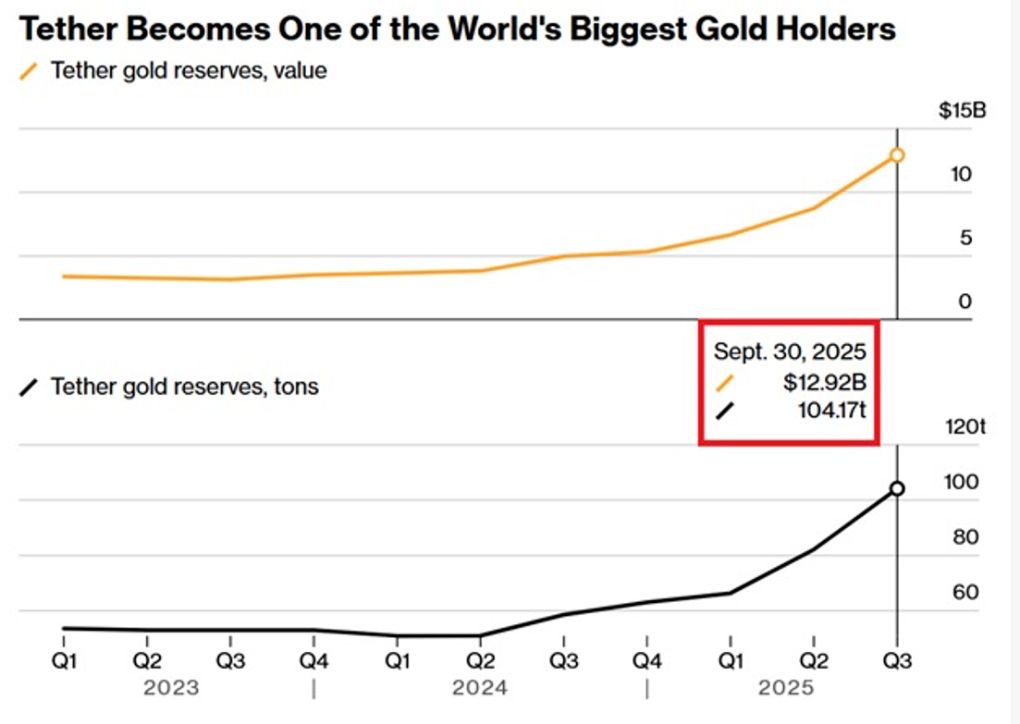Bitcoin Treasury Strategies and Corporate Capital Allocation: A New Frontier in Institutional Finance
- Over 170 public companies now hold Bitcoin as treasury assets, with firms like KindlyMD and Sequans Communications raising billions via equity to accumulate BTC. - Strategic logic includes Bitcoin's inflation resistance and potential to boost shareholder value through Bitcoin-per-share metrics, though equity dilution risks persist. - Corporate Bitcoin buying pressures institutional demand, tightening supply post-2024 halving while creating feedback loops that could destabilize altcoin markets. - Risks in
The corporate world is undergoing a quiet revolution. In 2025, a growing number of public companies are redefining their capital allocation strategies by treating Bitcoin as a core treasury asset. This shift is not merely speculative but reflects a calculated attempt to hedge against inflation, diversify reserves, and align shareholder value with the long-term appreciation of a digital asset. Among the most audacious examples is KindlyMD (NASDAQ: NAKA), which has raised $5 billion through an at-the-market (ATM) equity offering to fund Bitcoin accumulation. This article examines the strategic logic, risks, and broader market implications of such corporate moves, drawing on real-world cases like KindlyMD and Sequans Communications .
The Strategic Logic of Bitcoin Treasuries
Bitcoin's emergence as a corporate reserve asset is rooted in its perceived scarcity and inflation-resistant properties. Companies like MicroStrategy (now Strategy) and Sequans Communications have adopted Bitcoin as a long-term store of value, arguing that it outperforms traditional fiat reserves in an era of monetary expansion. For instance, Strategy has accumulated over 628,791 BTC at a cost of $46 billion, leveraging convertible debt and equity raises to fund purchases. Its Bitcoin yield—defined as the increase in Bitcoin holdings relative to shares outstanding—has surged to 25% year-to-date, far exceeding its initial 2025 target.
The rationale for issuing equity to buy Bitcoin is twofold. First, it allows companies to capitalize on Bitcoin's potential to appreciate against fiat currencies, thereby enhancing shareholder value through a rising Bitcoin-per-share (BPS) metric. Second, it positions Bitcoin as a hedge against macroeconomic risks, such as currency devaluation and geopolitical instability. For example, Sequans Communications, a Paris-based IoT chipmaker, has allocated $200 million in equity proceeds to add 1,800 BTC to its holdings, aiming to reach 100,000 BTC by 2030.
Risks of Equity Dilution and Volatility
While the strategic appeal is clear, the risks are equally pronounced. Issuing equity to fund Bitcoin purchases inherently dilutes existing shareholders. KindlyMD's $5 billion ATM program, for instance, triggered a 12% drop in its stock price immediately after the announcement, as investors reacted to the prospect of perpetual dilution. The company's CEO, David Bailey, has emphasized a “thoughtful and methodical” approach, but the market remains skeptical.
Moreover, Bitcoin's volatility introduces balance sheet risks. A sharp decline in Bitcoin's price could erode the value of corporate holdings, particularly for firms like Strategy, which has taken on $7 billion in convertible bonds. If Bitcoin's price were to fall by 50% over the next two years, Strategy's net asset value (NAV) would plummet, potentially triggering margin calls or liquidity crises. This is not hypothetical: during the 2022 crypto winter, firms with concentrated Bitcoin exposure faced severe losses.
Market Implications: Institutional Demand and Price Dynamics
The corporate adoption of Bitcoin is reshaping market dynamics. By 2025, over 170 public companies hold Bitcoin on their balance sheets, collectively amassing 988,913 BTC. This institutional demand has tightened Bitcoin's supply, particularly after the 2024 halving reduced new issuance to 450 BTC per day. The combined buying power of corporations, U.S. spot Bitcoin ETFs (which hold $144 billion in assets), and sovereign entities (holding 480,000 BTC) is pushing Bitcoin's price higher, reinforcing its narrative as a scarce, institutional-grade asset.
However, this trend also raises concerns about market stability. As companies like KindlyMD and Sequans continue to issue equity for Bitcoin, they risk creating a feedback loop where rising Bitcoin prices justify further issuance, which in turn dilutes equity holders. This dynamic could destabilize the altcoin market, as institutional capital flows disproportionately into Bitcoin, leaving smaller digital assets underfunded.
Investment Advice: Balancing Opportunity and Caution
For investors, the key lies in assessing the quality of a company's Bitcoin treasury strategy. Firms with strong fundamentals, diversified revenue streams, and disciplined capital allocation (like Sequans) are better positioned to weather Bitcoin's volatility. Conversely, companies reliant on aggressive equity issuance and high leverage (like Strategy) warrant closer scrutiny.
Investors should also monitor Bitcoin's macroeconomic context. While the asset has risen 430% since 2022, its future performance depends on factors such as regulatory clarity, adoption rates, and global monetary policy. A diversified portfolio that includes both Bitcoin-exposed equities and direct Bitcoin holdings may offer a balanced approach.
Conclusion
The rise of Bitcoin treasury strategies marks a significant evolution in corporate finance. By treating Bitcoin as a long-term reserve asset, companies are challenging traditional notions of capital allocation and risk management. However, the path forward is fraught with challenges, from equity dilution to price volatility. For investors, the lesson is clear: while Bitcoin's institutional adoption offers compelling opportunities, it demands rigorous due diligence and a nuanced understanding of both corporate and crypto markets. As the line between traditional finance and digital assets blurs, the winners will be those who navigate this new frontier with both vision and caution.
Disclaimer: The content of this article solely reflects the author's opinion and does not represent the platform in any capacity. This article is not intended to serve as a reference for making investment decisions.
You may also like
Coinpedia Digest: This Week’s Crypto News Highlights | 29th November, 2025
QNT Price Breaks Falling Wedge: Can the Bullish Structure Push Toward $150?

Digital dollar hoards gold, Tether's vault is astonishing!

The Crypto Bloodbath Stalls: Is a Bottom In?
